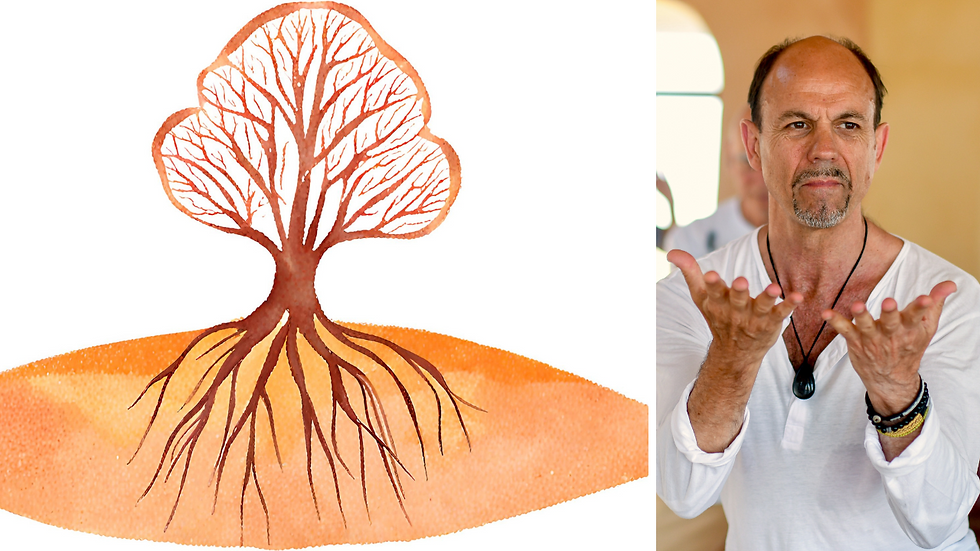Le Shiatsu, un Art Japonais – The Japanese Art of Shiatsu, an Excerpt.
- Stephane Cuypers

- Mar 11, 2024
- 2 min read

“If you really want to know what Shiatsu is, receive one, feel it in your body."
These are the first words of this book dedicated to Shiatsu by a Belgian Shiatsu practitioner and teacher.
Practice comes in the first place and nothing we can say will ever replace feeling. This book is therefore neither a handbook nor a treatise, but an investigation into the multiple realities of Shiatsu. Understand it, examine it, but, in the first place practice it, passionately.
On the one hand, we discover a great complexity. The roots are unclear and for Western people, it is difficult to define Eastern medicine (be it Chinese or Japanese) and to place Shiatsu within it in a correct way. One fundamental point is to understand the relationship between the ancient Chinese origins of medicine and the way the Japanese analyzed and reinvigorated it. Shiatsu was born at the end of the Meiji era, at the very beginning of the 20th century, when Japan went Western and the challenge was to keep tradition and become modern at the same time.
The influences were many, from martial arts and traditional Japanese health practices to Western massage and medicine. Shiatsu is not monolithic. There is a great diversity in many schools with prominent teachers like Okuyama, Namikoshi, Masunaga, Ohashi, Endo, Kawada (the author’s Master), and many others. They all inherited the practice and did their own research, stressing different accents between Tradition and Modernity. As a conclusion of this, Shiatsu has many aspects and there’s not just one authentic Shiatsu above all others. Practice is therefore inclusive.
Taking all this into account, the author finds no better definition for Shiatsu than ‘Japanese art’. Shiatsu is deeply Japanese, not only because of its origin but through its accent on practice and the Japanese spirit within it. Art creates emotion, with art, you touch people deeply and allow them to make changes in their daily lives. Shiatsu occurs once the technique has been mastered. It is, again, a matter of feeling.
Proper understanding of Japanese concepts is important as well, so the author questions the etymology of words like ‘Kokoro’, ‘Inochi’ or ‘Shoshin’… or even ‘Shiatsu’, meaning ‘pressing with the fingers’, which already implies lots of things. He revisits Namikoshi’s famous motto ‘Shiatsu no Kokoro wa’…
Reflecting on energy, one chapter is dedicated to striking analogies between Shiatsu practice and some findings by Quantum Physics, placing us within Ukiyo, the floating world.
Finally, Stephane Cuypers tells us about his discovery of Shiatsu and how it changed his life, making it clear that Shiatsu is within anybody’s reach and therefore has a universal potential.
This book is an invitation to try, to practice, and to walk on what could be a Way (Dô).
About The Author:

Stephane Cuypers is a Belgian Shiatsu practicioner. He studied with Master Kawada and quit a career in the financial sector to start a Shiatsu practice in Brussels. He co-founded the Ôdô Shiatsu school with its specific Dôjô structure. The Japanese Art of Shiatsu is his first book, emphasizing the Japanese and inclusive character of Shiatsu.
Links: www.shinmon-shiatsu.com




Comments